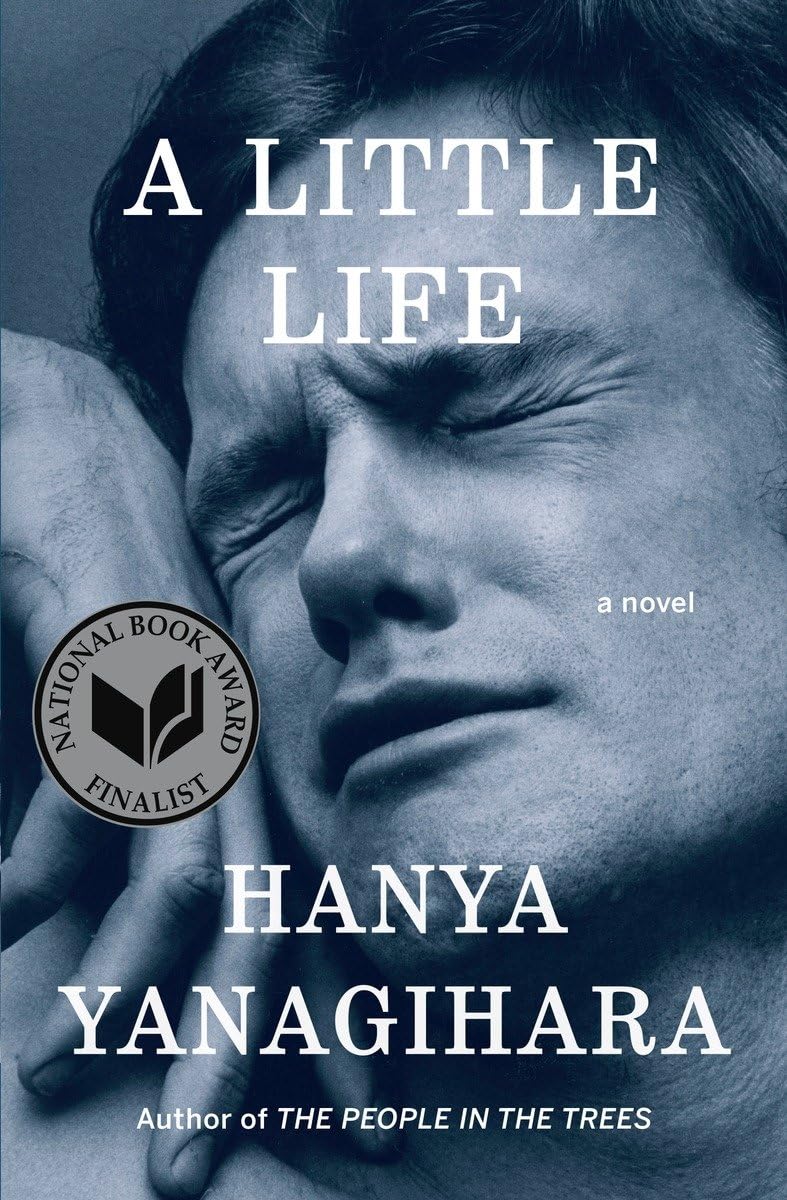Chapter 2: Grief and Unfinished Goodbyes
byChapter 2 finds Jude caught in a cycle of grief and reflection, struggling to reconcile his past with the present as he navigates a world that feels increasingly distant. His visit to Lucien and attendance at JB’s exhibition highlight the emotional weight he carries, as every interaction forces him to confront the lingering pain of Willem’s absence. The exhibition is meant to be a celebration of art, of shared history, but for Jude, it is a visceral reminder of everything he has lost. The loss of Willem, the one person who had given him a sense of unconditional love and safety, has left a void so profound that even the presence of familiar friends feels hollow and unfulfilling. No matter how much he tries to engage, Chapter 2 reveals how he remains haunted by the ghosts of his past, unable to fully exist in a world that continues to move forward without Willem in it.
Walking through the exhibition, Jude is forced to relive moments of his life, each painting capturing a fragment of the past he both cherishes and dreads. JB’s artwork, deeply intimate and intertwined with their shared experiences, stirs something painful within him, evoking feelings of nostalgia, regret, and longing for what can never be again. The painting “Willem Listening to Jude Tell a Story” is especially gut-wrenching, depicting a moment of love, trust, and connection that now exists only in memory. The image pulls Jude back to a time when Willem was still by his side, listening to him with the kind of understanding that Jude had rarely experienced in his life. He stands there, staring at the piece, overwhelmed by a grief so raw it feels like it might consume him whole. Despite the beauty of JB’s work, or perhaps because of it, the exhibition becomes less of a tribute and more of a painful reminder that time moves forward, even when the heart refuses to let go.
The tension between Jude and JB reaches a breaking point when JB impulsively leans in and kisses him, an act that takes them both by surprise. The moment is charged with unresolved emotions, a culmination of years of friendship, pain, and unspoken desires. But for Jude, the kiss is not a moment of warmth or comfort—instead, it unearths feelings he isn’t prepared to face. His immediate reaction is one of shock and discomfort, not necessarily out of rejection, but because the kiss forces him to acknowledge something he has spent years suppressing: his deep fear of intimacy and love. JB, too, is struggling with his own unresolved emotions, his gesture coming from a place of grief, confusion, and perhaps even desperation to reconnect with Jude in a way that words no longer allow. But instead of bringing them closer, the moment only deepens the rift between them, highlighting just how much Willem’s absence has reshaped their lives and fractured the relationships they once thought were unbreakable.
Despite Jude’s best efforts to maintain some semblance of normalcy, he finds himself drowning in the weight of his sorrow, unable to truly move forward. Every interaction he has, whether with Lucien, JB, or Harold, is tinged with the inescapable reality that Willem is gone and will never return. He tries to convince himself that grief is something one can learn to live with, but the pain remains a constant companion, manifesting in the quiet moments, in the spaces between conversations, in the memories that refuse to fade. He questions whether his love for Willem has turned into an anchor, holding him in place while everyone else has learned to let go. But how does one let go of the only person who ever made them feel truly safe, seen, and loved?
Jude’s past continues to dictate his present, shaping every thought, every action, every relationship he tries to maintain. The tragedy of his existence is that even when surrounded by people who care for him, he still feels utterly alone. The exhibition, meant to be a celebration of art and memory, instead becomes a confrontation with everything he has lost and everything he will never be able to regain. He sees himself in the paintings, in the eyes of his friends, in the spaces Willem once occupied, and realizes that no matter how much time passes, some wounds never truly heal.
As the chapter unfolds, the narrative delves deeper into the profound complexities of grief, love, and human connection. It examines the limits of friendship, the fragility of the bonds we build, and the devastating reality that some people never escape the pain that has shaped them. Even as the world moves forward, Jude remains stuck in a space between past and present, caught between longing for what once was and fearing what the future might bring. His story is not just one of loss, but of the impossibility of forgetting, the burden of memory, and the enduring ache of a love that was never meant to last forever.


